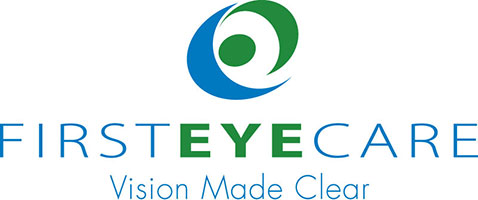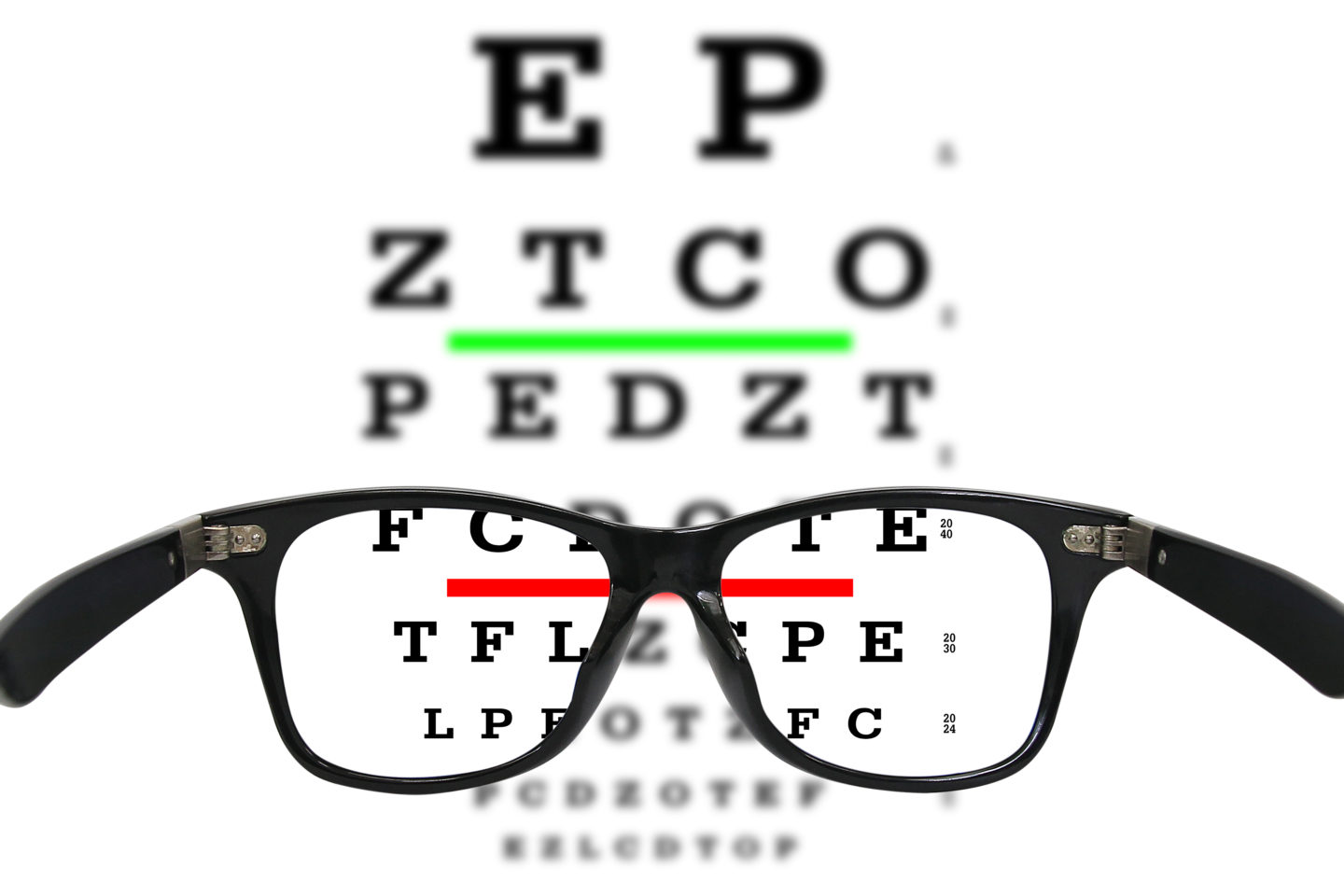You Can Do a Lot to Protect Your Vision
We are officially in a new year, and what better year is there than 2020 to focus on maintaining 20/20 vision?! If you aren’t aware, 20/20 vision is universally considered by many to be the standard for good eyesight. While it isn’t necessarily perfect vision, it is what most eye doctors measure your eyes to.
With the start of a new year and a new decade, the team at First Eye Care DFW would like to encourage you all to make protecting and maintaining your eyesight a priority. Far too many people ignore how important your vision is. Daily tasks such as driving, reading, and writing would be hindered or made impossible without your vision.
To help celebrate the beginning of the new year, First Eye Care DFW would like to provide you with some helpful tips to help you maintain 20/20 vision throughout 2020.
What is 20/20 Vision?
Before we dive into how to maintain 20/20 vision, it’s crucial you know what 20/20 vision is. Many believe that 20/20 vision means perfect vision, but that isn’t the case. While, technically, it does mean your eyesight is good, it doesn’t mean your eyes are without flaw.
The American Optometric Association defines 20/20 vision as normal visual acuity, which is the clarity or sharpness of your vision. If you have 20/20 vision, you are capable of seeing an object clearly at 20 feet the way you should normally see it at that distance.
Even though 20/20 vision is good, it’s not perfect. It only measures how clearly you can see. You can have 20/20 vision and still have poor peripheral vision, depth perception, color vision, and more.
To test your visual acuity, your eye doctor will use a Snellen chart. A Snellen chart is an eye chart with eleven rows of capital letters with the first line containing only one letter. As you progress down row by row, the number of letters will increase while their size decreases. Your eye doctor will test each eye without the help of corrective lenses.
The first number of your visual acuity, typically a 20, refers to the distance in feet between you and the chart. The second number refers to the distance someone with normal eyesight would be able to clearly read the same line.
For most people, the first number remains at 20, but the second number can vary greatly. For example, if you have 20/100 vision, you must be within 20 feet to correctly see what a normal person could see at 100 feet. Some people can even have 20/15, which is better than 20/20 vision.
What is Poor Vision?
While 20/20 vision is considered the standard, it’s important to know what bad vision is. If you were to have a visual acuity of 20/25, you typically won’t need glasses or other corrective lenses. Corrective lenses wouldn’t change your vision much nor improve your quality of life.
You can experience poor vision due to several different conditions, such as macular degeneration, glaucoma, and diabetic retinopathy. Most eye care specialists deem visual acuity 20/70 or worse in the better eye as poor vision. Unfortunately, even corrective lenses can’t improve your eyesight in these cases.
Furthermore, most healthcare providers and federal agencies classify legal blindness as visual acuity of 20/200 or worse.
It is extremely important to contact your eye doctor if you begin to experience any changes in your vision. Regularly receiving a comprehensive eye exam is the best way to protect your eyes and maintain 20/20 vision.
Maintaining Clear Vision
As you grow older, your eyesight is one of the first senses to wane. The likelihood of retaining 20/20 vision as you age is very small. However, even though you can’t prevent your eyesight from declining, you still have the power to increase your chances of maintaining clear vision for much longer. You can do so by following these helpful tips:
- Eat a Healthy Diet: The key to good eye health starts on your plate. Your diet plays quite a large part in how well you see. Foods high in omega-3 fatty acids, zinc, vitamins C and E, and more help your body fight back against vision-threatening diseases. You can even take vitamins for your eye health, as well. Some eye-healthy foods include:
- Dark, leafy vegetables, like spinach and kale
- Oily fish, like salmon
- Eggs
- Nuts, legumes, and beans
- Carrots
- Citrus fruits
- Wear Sunglasses: The sun emits powerful and harmful UV rays. Most people know that they can cause skin cancer, but not as many people know how harmful to your eyes they are. If you are exposed to too much UV rays, you are more likely to develop diseases like macular degeneration, cataracts, and more. Always purchases sunglasses that state they have 100% UV protection.
- Wear Safety Eyewear: If you work in construction or are an athlete, your eyes are in constant danger of being struck by a foreign object. If you operate in an environment that could result in a flying object, like a speeding ball, metal shavings, or wood splinters, you must always wear protective eye gear.
- Protect Yourself When Using Screens: Digital screens have become an integral part of human life. We use them at work, in school, and in our personal lives. However, the blue light emitted from our screens can lead to a condition known as computer vision syndrome, or digital eyestrain. To best protect your eyes, adopt the 20/20/20 rule, which means every 20 minutes, look an object 20 feet away for 20 seconds. You can also invest in blue light blocking glasses.
- Regularly Visit Your Eye Doctor: There is no better way to maintain 20/20 vision than by visiting your eye doctor. Through eye exams, your doctor can diagnose diseases that show no early symptoms. They can also provide you with useful lifestyle tips to keep your eyes healthy for much longer.
As you get older, your vision will naturally decline. This is inevitable. However, while you can’t stop your eyes from declining eventually, you can extend how long you have clear vision. By following the tips above, you can maintain 20/20 vision for much longer, starting in 2025. Give First Eye Care DFW a call today schedule your next eye exam.



